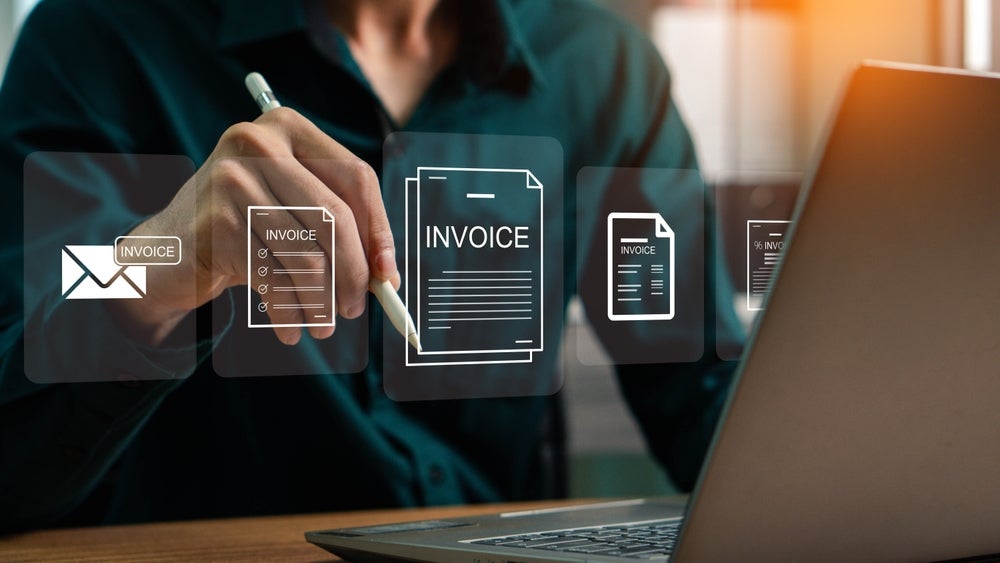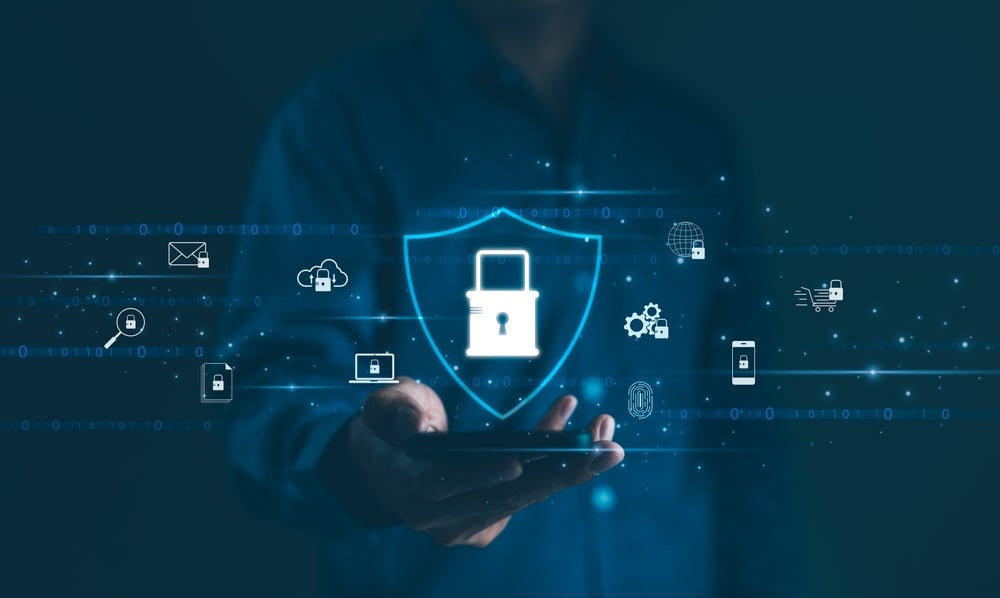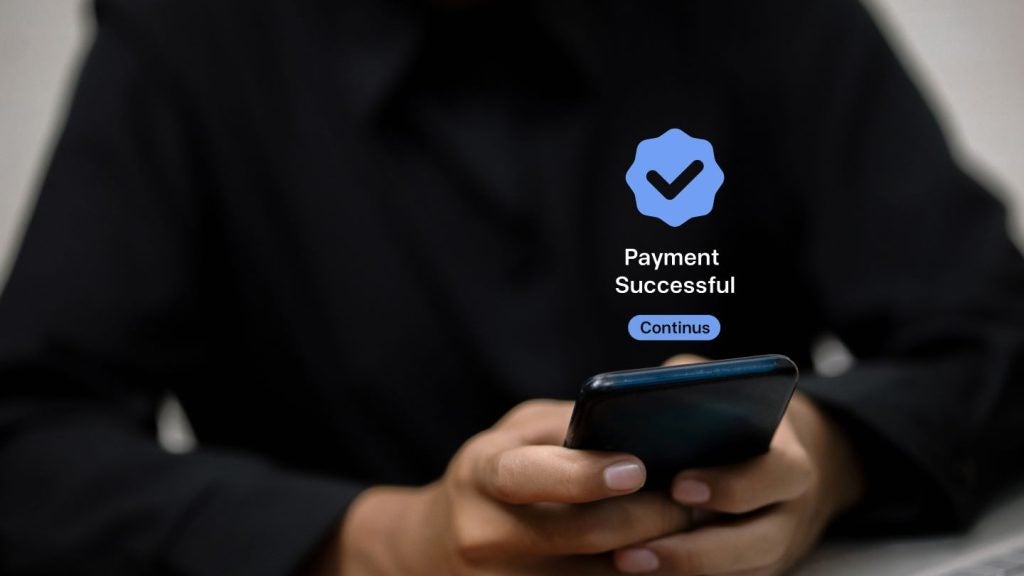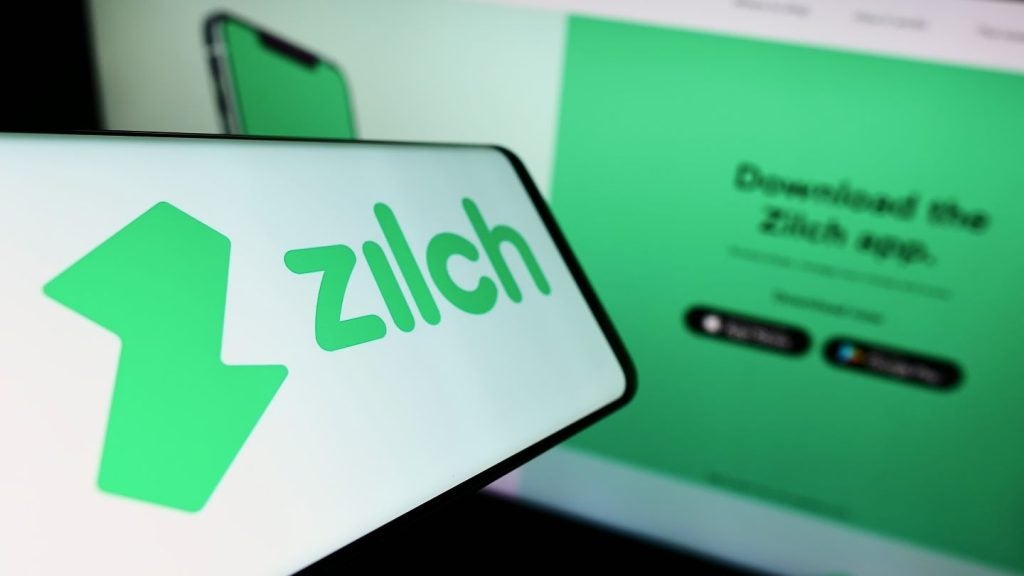As part of a broader Digital Transformation Roadmap aimed at reducing paperwork, modernising the UK financial processes, and improving tax compliance, the UK government in May closed a consultation process on whether e-invoicing—currently mandatory only within the NHS—should become standard across all B2B transactions, enabling buyers and sellers to exchange data in a format that is also visible to tax authorities.
While the effort to bring more structure and transparency into B2B processes is broadly welcomed by all parties, even the strongest proponents of e-invoicing acknowledge that widespread adoption before 2030 is unlikely. Nevertheless, this is clearly the direction the UK’s B2B landscape is heading. Across Europe, e-invoicing has already been the norm since 2020—though its implementation has varied from country to country.
This means that any brand operating across Europe is likely already well aware of the challenges involved in transitioning away from paper invoicing—an obstacle many UK organisations have yet to fully confront.
The future is digital and integrated
I engage with clients across both the EU and the UK and I’ve observed how organisations on both the buyer and seller sides are either adapting to—or preparing for—the implications of the EU Directive and the UK’s recently announced plans.
However, when discussing B2B processes, and e-invoicing in particular, it’s crucial to understand the process begins much earlier than when the invoice is sent. It starts with onboarding buyers and ensuring full compliance with all relevant regulations. This includes the rules governing the country where your business is officially headquartered, as well as those in any countries where your customers are based.
This is especially critical for cross-border transactions, even before considering electronic invoicing. Failing to properly identify the counterparty—known as KYC (Know Your Customer) or KYB (Know Your Buyer)—can result in serious penalties.

US Tariffs are shifting - will you react or anticipate?
Don’t let policy changes catch you off guard. Stay proactive with real-time data and expert analysis.
By GlobalDataCompliance is the key lens through which to view the push for e-invoicing. From the EU’s perspective, the ultimate goal is to implement robust measures that both prevent fraud and increase transparency in trade. Currently, many sellers still issue paper invoices, which are untraceable and difficult to audit. This means that in most EU countries, there is no automated connection between sellers, buyers, and VAT authorities. As a result, sellers report the VAT they collect, and buyers report the VAT they pay and reclaim—but these records are rarely reconciled at a national level. This mismatch leads to discrepancies, with VAT paid out to buyers often exceeding the amounts declared by sellers. These gaps create opportunities for fraudsters, causing governments to lose an estimated €90 billion annually across the EU as a whole.
To address this, the EU is mandating digital invoicing. This means that across all member states, new regulations will require real-time, digital communication between companies and tax authorities. However, it’s important to emphasise there is no expectation for each country to implement these requirements in exactly the same way. This approach respects local sovereignty and business practices, but it also means that anyone trading with multiple EU countries must be able to tailor their invoicing to meet each country’s specific requirements.
As it stands, countries like Italy are already enforcing digital invoicing, requiring sellers to integrate directly with their tax (VAT) systems. Meanwhile, Germany is taking a less stringent approach. Similarly, the Netherlands and Poland are adopting different methods for implementing e-invoicing, with varying policies regarding formats like PDFs and other technical requirements.
For buyers or sellers operating in Europe—and soon the UK—these differences don’t matter much, as many countries have already announced they will implement digital invoicing in phases. However, since the directive is ultimately enforced on a country-by-country basis, the key takeaway is this: the era of manual, poorly integrated, or hard-to-process invoicing is coming to an end. That’s simply the new reality.
E-invoicing will boost business
In many ways, this shift is a positive development. In some countries, the rules may seem too strict; in others, perhaps too lenient. But once full e-invoicing is implemented, the benefits are likely to extend across the board—from buyers and sellers to citizens and governments. After all, nobody truly benefits from fraud—not governments, legitimate sellers, or genuine buyers—and fraud undermines the integrity of the entire B2B trade ecosystem.
Fully transparent digital invoicing will ultimately boost e-commerce and business overall. At its core, B2B trade is about trust: the trust a buyer places in a seller. That trust shapes decisions—whether based on price, quality, or other factors. Simply put, buyers choose sellers they trust.
In other words, when a buyer knows exactly what the invoice will look like and how it will be delivered, it adds another layer of clarity. For B2B buyers, having a consistent, predictable invoicing format and a defined delivery channel significantly simplifies the process.
This is the kind of level playing field worth striving for. But that doesn’t mean the shift to e-invoicing is a simple task—far from it. It’s not only sellers who are impacted; buyers now carry legal responsibilities too. In Germany, for instance, buyers are required to accept digital invoices—whether in PDF, email, or Excel format—as a minimum standard. If a buyer demands a paper invoice instead, it breaks the digital chain and puts both parties out of compliance.
Not every buyer is ready for this transition—especially those still reliant on traditional paper-based processes. Even among larger, more automated organisations, many have already made significant investments in older technologies like EDI or ERP-based e-invoicing. For those organisations, there’s a real risk of sunk costs, as existing systems may require substantial upgrades—or in some cases, those systems may be too outdated to handle the new requirements entirely.
The reality is that both the EU and UK e-invoicing regulations are true game-changers for buyers and sellers alike. They require not only technical readiness but also changes to workflows and, more fundamentally, a shift in mindset about how business gets done. It’s no surprise that some merchants and suppliers are pushing back. They’re facing a significant increase in complexity and administrative burden—which, understandably, can feel overwhelming.
Catalyst for digital transformation
What happens next will depend on each company’s specific circumstances—but in most cases, getting started will require some form of external guidance, particularly from tax or compliance experts. At a recent payments salon in London, one expert made a compelling point: companies should go beyond minimal compliance and consider aligning their e-invoicing strategy with digital payments. Doing so can not only future-proof them against further regulatory changes, but also unlock broader business benefits—such as improved cash flow control.
As they put it: “Yes, you can take a minimal approach to compliance with electronic invoicing, and doing so will bring some benefits, mainly through reducing manual processes. But we encourage companies to view this not just as a compliance task, but as an opportunity to solve broader pain points. When coupled with payments, electronic invoicing unlocks much more value—like helping you manage incoming and outgoing payments with greater efficiency.”
They concluded the payoff is well worth the effort: “Better control over your cash flow, deeper insight into who you’re working with, and what kinds of payments are involved—that’s where the real benefits of e-invoicing come through.”
The shift to e-invoicing across both the EU and UK marks a significant period of change management. Adjustments will be required, and businesses will need to invest time and resources to adapt. But once the systems are in place and widely adopted, the new approach will greatly simplify operations—for both buyers and sellers—and ultimately enhance the entire B2B trade experience.
Of course, organisations will need time, resources, expert guidance, and often external IT support to adapt. And by starting preparations now, there’s a real opportunity to go beyond basic compliance. Who knows how many other B2B process improvements could be unlocked in parallel? E-invoicing might just be the springboard for broader digital transformation.
Inez Berkhof-Hollander is EMEA Vice President for TreviPay









